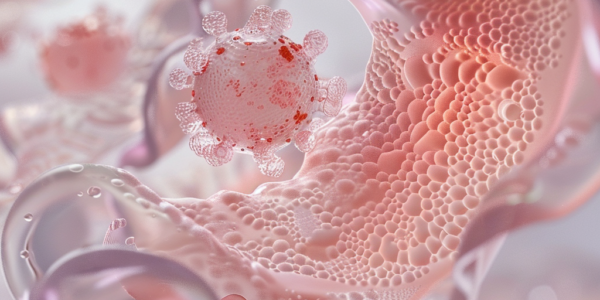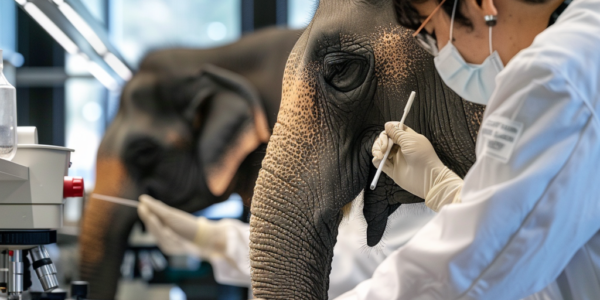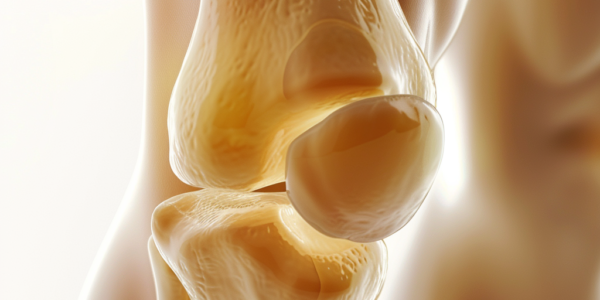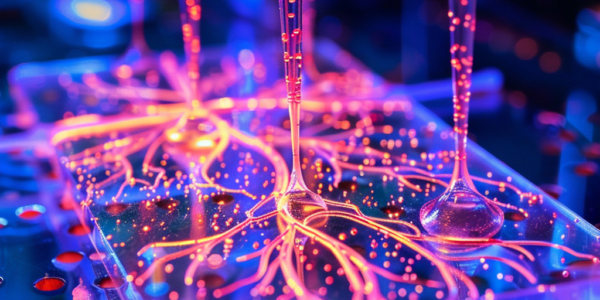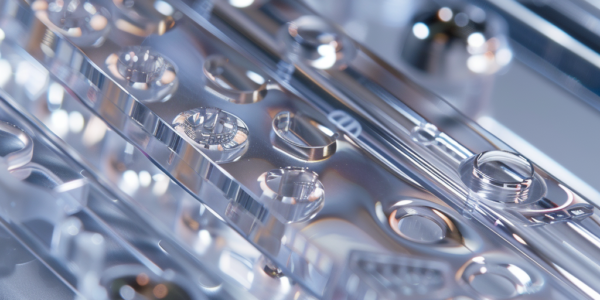Growing Mini Organs from Amniotic Fluid Cells Could Revolutionize Prenatal Medicine
The potential to grow miniature organs from cells found in amniotic fluid could revolutionize prenatal medicine, offering the possibility of treating health defects in fetuses before they are born. Researchers have successfully cultivated mini organs from tissue-specific stem cells extracted from amniotic fluid during active pregnancies, a groundbreaking development that could pave the way for monitoring and treating congenital conditions before birth.
Scientists Make Breakthrough in Creating Stem Cells for Woolly Mammoth Resurrection Project
Colossal Biosciences has achieved a major milestone in the effort to resurrect extinct species by creating induced pluripotent stem cells for the Asian elephant, the closest living relative of the woolly mammoth. This breakthrough paves the way for advanced cloning and genetic engineering techniques to bring back extinct species. While the project has raised ethical concerns, it represents a significant step towards the ambitious goal of reintroducing mammoths and other extinct animals to the wild.
New Study Offers Hope for Cartilage Regeneration in Arthritic Mice
New study offers hope for potential alternative treatment for osteoarthritis. Researchers identify new type of stem cell with potential for knee cartilage regeneration in arthritic mice. Findings pave way for potential development of cartilage replacement therapy for OA patients.
Scientists Create Organized Stem Cell Culture Model Resembling Human Embryonic Brain and Spinal Cord
University of Michigan, Weizmann Institute of Science, and University of Pennsylvania engineers and biologists have created a groundbreaking stem cell culture model resembling the embryonic brain and spinal cord. This model has the potential to revolutionize the study of neurological and neuropsychiatric diseases.
Breakthrough in Tissue Engineering: Artificial Cartilage Developed Using 3D Printing Technique
TU Wien (Vienna) has achieved a breakthrough in tissue engineering with the development of artificial cartilage using a unique 3D printing technique. This innovative approach, detailed in a study published in Acta Biomaterialia, could revolutionize the field of regenerative medicine by providing a method to precisely control tissue formation and potentially improve the development of artificial cartilage and other types of replacement tissue.
New Microfluidic Device Revolutionizes Cell Therapy for Spinal Cord Injury Patients
MIT and Singapore-MIT Alliance for Research and Technology have developed a groundbreaking microfluidic device to enhance cell therapy for spinal cord injury patients. The device sorts and removes potentially harmful cells, improving safety and efficacy. It can process over 500 million cells per minute and is cost-effective for large-scale implementation, offering hope for improved treatment outcomes.
Stem Cell Therapy and In Vitro Gametogenesis
Stem cell therapy may revolutionize reproduction as we know it. The possibility of coaxing human skin cells into functional eggs and sperm using a technique known as ‘in vitro gametogenesis’ has sparked discussions about the future of reproduction. The concept…

